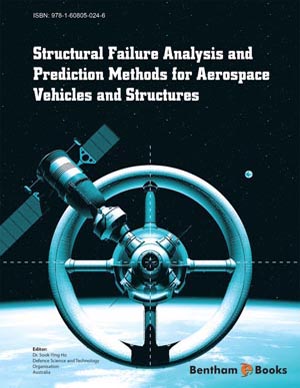Abstract
A Multi-disciplinary design and optimization platform for transport airplane with environmental considerations is developed. Instead of employing the usual optimization approach that minimizes the averaged direct operational cost in a set of stage lengths, an enhanced multi-disciplinary methodology involving a considerable detailed airplane model is presented here. In the past, the suitability of the product for a realistic airline network has not been entirely considered, and even disconnected from airline real needs. Increased computer power, sophisticated surrogate models, and new optimization techniques make possible to optimize the complete system with aircraft inserted in an air transport network including complex mission analyzes. In this context, a sophisticated airplane design framework with multi-disciplinary approach encompassing several aeronautical disciplines including noise and emissions was elaborated for the design of optimal airplane configurations that are suited for a desired airline network. Artificial neural network is used as a surrogate model to calculate the airplane aerodynamics with a high-fidelity approach, to perform a realistic mission analysis enabling operation aspects to properly be considered in the optimization task. The simultaneous minimization of total network direct operational costs and maximization of Total Network Yield is performed to optimize fifteen aircraft design variables, encompassing airframe and engine definition. The MOGA-II genetic algorithm, available in the modeFrontier® Integrated Optimization Environment is employed in the present design simulations
Keywords: Aerial network, Aircraft conceptual design, Applied aerodynamics, Artificial neural network, Evolutionary computation, Multi-disciplinary design and optimization, Propulsion, Stability and control.


















